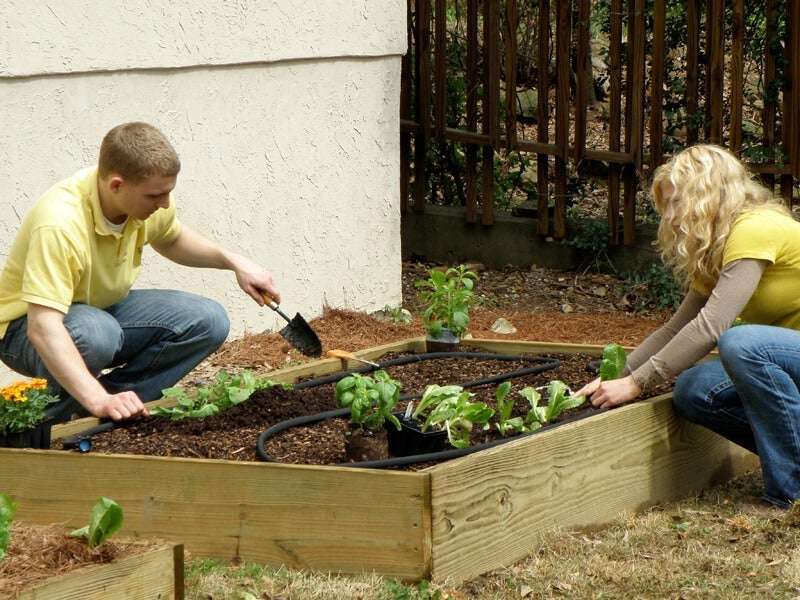In this article, we will discuss the topic of creating a bountiful garden using raised bed compost alone. We will explore the concept of off-grid living and how it relates to gardening. Additionally, we will answer the question of whether you can fill a raised bed with just compost. Throughout this article, you will learn useful tips and techniques to successfully grow a thriving garden using raised bed compost. So, let’s dive in and discover the secrets to a fruitful garden!
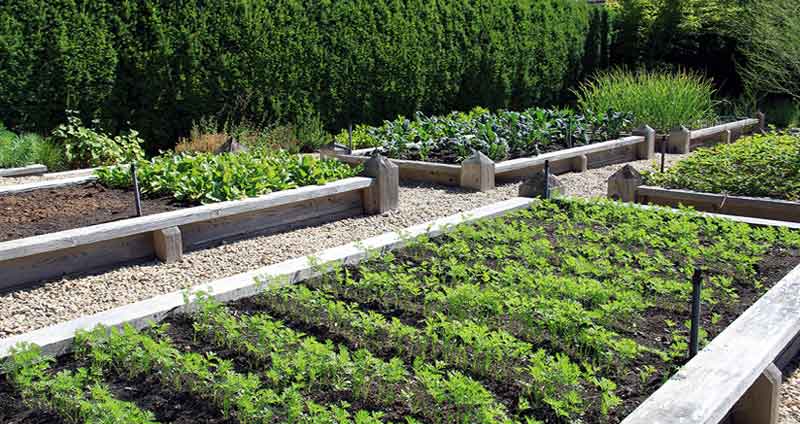
Creating a Bountiful Garden Using Raised Bed Compost Alone
Introduction
Gardening is not only a relaxing hobby but also a sustainable way to provide fresh and nutritious food for yourself and your family. If you are looking to create a bountiful garden, using raised bed compost alone can be an excellent choice. Raised bed gardening offers several benefits, and when combined with nutrient-rich compost, it can significantly enhance the growth and productivity of your plants. In this article, we will explore the various aspects of creating a thriving garden using raised bed compost alone.
Benefits of Raised Bed Gardening
Raised bed gardening has gained immense popularity among gardeners due to its numerous advantages. First and foremost, raised beds provide better drainage than traditional gardens, preventing waterlogging and ensuring healthier plants. The elevated nature of raised beds also allows the soil to warm up faster in the spring, extending the growing season. Additionally, raised beds help keep the garden organized and free from foot traffic, making it easier to tend to your plants. Moreover, raised beds offer better control over soil quality and prevent soil erosion, leading to healthier and more productive plants.
Understanding Raised Bed Compost
Compost plays a crucial role in providing essential nutrients to plants. It is a natural and organic way to enrich the soil and promote healthy growth. Compost consists of decomposed organic matter, such as kitchen scraps, yard waste, and leaves, which break down into a nutrient-rich humus. When used in raised beds, compost acts as a natural fertilizer, increasing the soil’s fertility and providing a steady supply of nutrients to your plants. It also improves the soil structure, enhancing its water-holding capacity and preventing soil compaction.
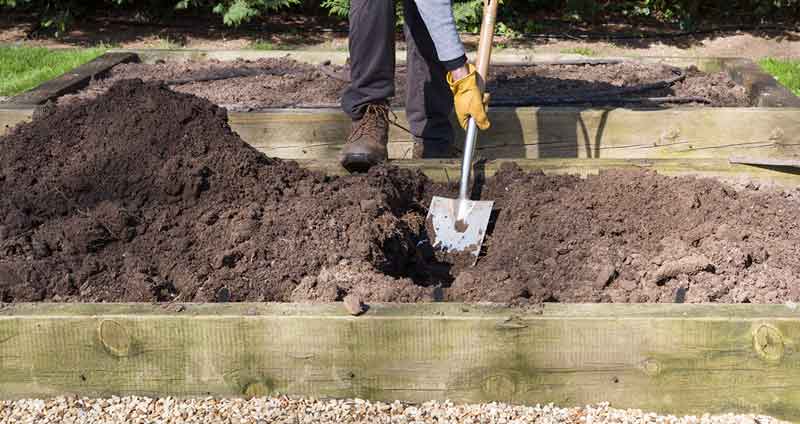
Preparing the Raised Bed for Composting
Before adding compost to your raised bed, it is important to ensure that the bed is properly prepared. Start by clearing any weeds or grass from the bed and removing rocks or debris that may hinder plant growth. Next, loosen the soil by gently tilling or turning it over with a garden fork. This will help improve aeration and drainage. If needed, you can also amend the soil with organic matter, such as well-rotted manure or peat moss, to further improve its texture and fertility.
Choosing the Right Compost for Raised Beds
When it comes to choosing the right compost for your raised beds, quality is key. Look for compost that is rich in organic matter and free from harmful chemicals or contaminants. You can either purchase compost from a reputable source or create your own through composting kitchen scraps and yard waste. Opt for compost that has reached a dark, crumbly consistency, indicating that it is fully decomposed and ready to provide nutrients to your plants.
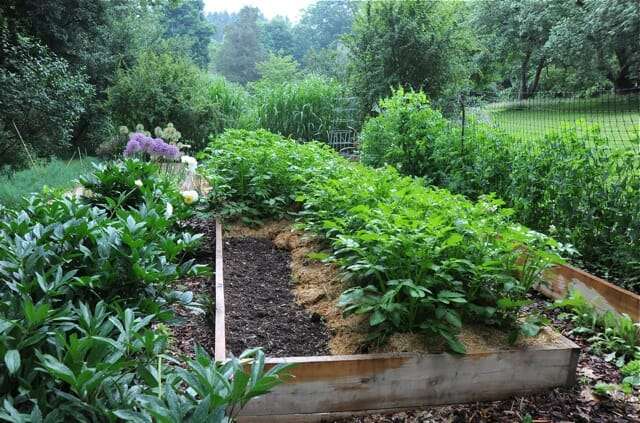
Adding Compost to the Raised Bed
Once your raised bed is prepared, it is time to add the compost. Spread a layer of compost over the entire bed, ensuring an even distribution. Aim for a thickness of about 2-3 inches. Use a garden rake or shovel to gently mix the compost into the top few inches of soil. This will help incorporate the nutrients from the compost into the existing soil, creating a fertile growing environment for your plants.
Layering Compost for Maximum Nutrients
To maximize the nutrient content in your raised bed, consider layering different types of compost. This technique, known as lasagna gardening or sheet composting, involves creating layers of compost materials with alternating carbon-rich (brown) and nitrogen-rich (green) components. Brown materials include items such as dried leaves, straw, or shredded newspaper, while green materials consist of fresh grass clippings, kitchen scraps, or manure. As the layers decompose, they release nutrients into the soil, providing a long-lasting source of nourishment for your plants.
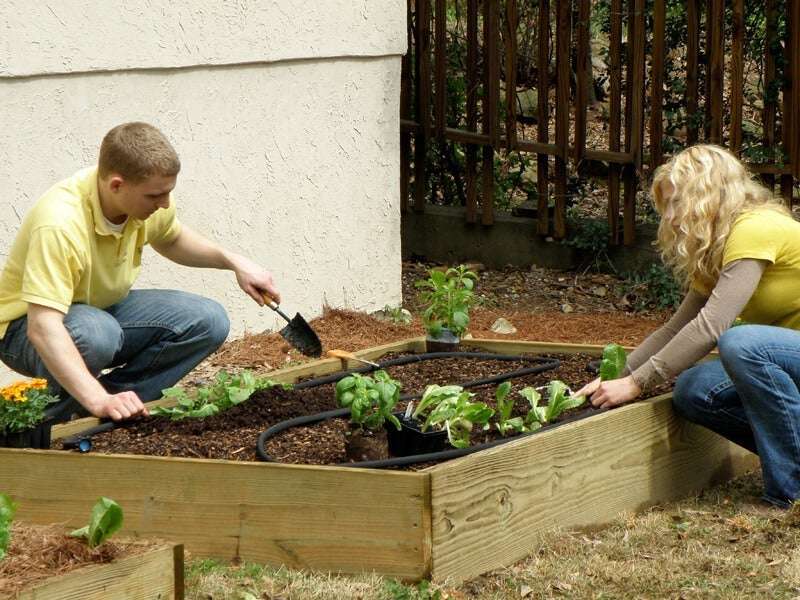
Watering and Maintaining Moisture Levels
Proper watering is essential for the health and growth of your plants. Raised beds tend to drain more efficiently than traditional gardens, so they require regular watering to maintain adequate moisture levels. Check the soil moisture regularly by inserting your finger into the soil. If it feels dry up to the first knuckle, it is time to water. Use a soaker hose or drip irrigation system to deliver water directly to the roots, avoiding wetting the foliage. Water deeply and thoroughly, ensuring that the entire root zone is adequately hydrated.
Controlling Weeds in Raised Bed Compost Gardens
Weeds can be a nuisance in any garden, but raised beds offer better control over weed growth. Before planting, remove any existing weeds from the bed. To prevent future weed growth, you can employ several strategies. Applying a layer of mulch over the soil surface acts as a natural weed barrier, blocking sunlight and preventing weed seeds from germinating. Additionally, regular hand-weeding or using a garden hoe can help keep weed growth in check. Avoid using chemical herbicides in your garden to maintain a healthy and organic environment.
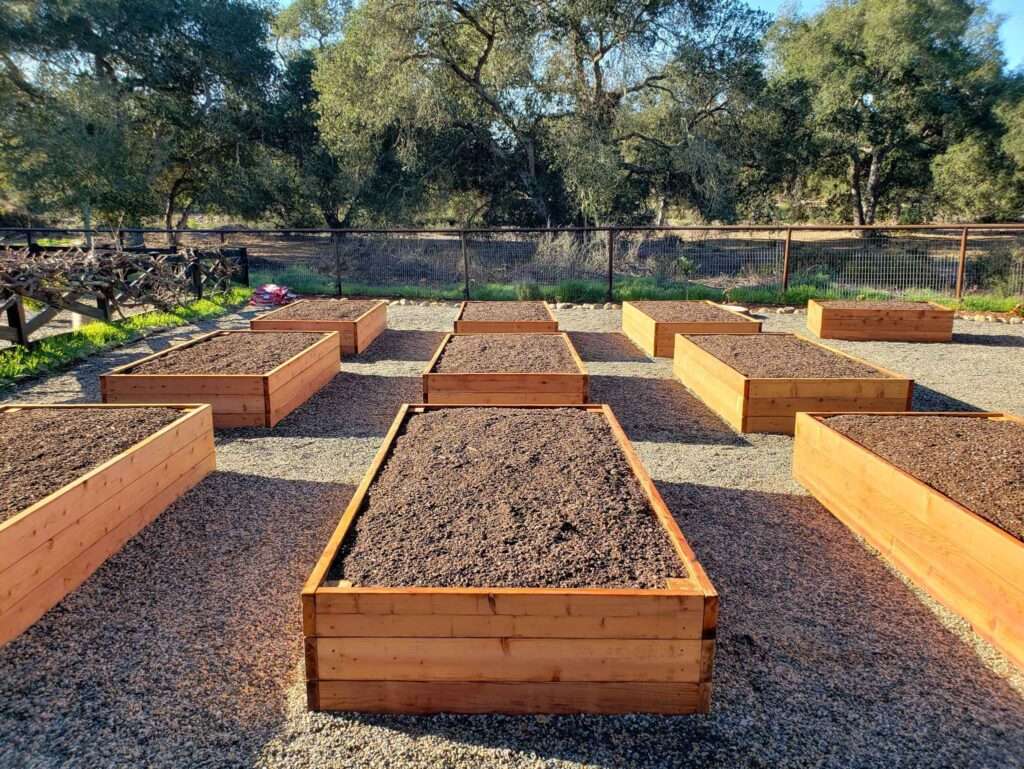
Mulching Strategies for Raised Bed Composting
Mulching is an effective technique to conserve moisture, control weeds, and regulate soil temperature in raised bed compost gardens. After planting your crops, apply a layer of organic mulch, such as straw, wood chips, or shredded leaves, around the base of your plants. The mulch will help retain moisture in the soil, reduce evaporation, and protect the plant roots from extreme temperature fluctuations. Remember to replenish the mulch as needed, especially during hot summer months, to maintain its effectiveness.
Monitoring and Adjusting Nutrient Levels
To ensure optimal plant growth, it is important to monitor and adjust the nutrient levels in your raised bed compost garden. Regularly test the soil to determine its nutrient content and pH levels. Simple soil testing kits are available at garden centers or you can send a sample to a professional laboratory for more accurate results. Based on the test results, you can amend the soil with organic fertilizers or additional compost to supplement any nutrient deficiencies. Monitoring nutrient levels allows you to maintain a balanced and healthy growing environment for your plants.
Composting Techniques for Sustainability
Creating your own compost is a sustainable and cost-effective way to ensure a constant supply of nutrient-rich organic matter for your raised beds. Composting kitchen scraps, yard waste, and other organic materials reduces waste sent to landfills and helps close the nutrient cycle in your garden. Set up a compost bin or pile in your backyard and regularly add organic matter, ensuring a proper balance of carbon (browns) and nitrogen (greens) materials. Turn the compost pile occasionally to aerate it and speed up the decomposition process. In a few months, you will have rich, homemade compost ready to nourish your garden.
Maximizing Yield with Raised Bed Compost
Using raised bed compost alone can significantly increase the yield of your garden. The nutrient-rich compost provides plants with the necessary elements for healthy growth and development, resulting in higher crop yields. Additionally, the controlled environment of a raised bed allows for better pest and disease management, further boosting productivity. With proper care and attention, you can enjoy a bountiful harvest of vegetables, fruits, or flowers from your raised bed compost garden.
Harvesting and Rotating Crops
As you enjoy the bountiful harvest from your raised bed garden, it is essential to practice crop rotation. Crop rotation helps prevent nutrient depletion and reduces the risk of disease and pest buildup. After harvesting a crop, remove any plant debris and replenish the soil with fresh compost. Rotate crops from one bed to another each growing season to ensure a balanced nutrient profile and minimize the likelihood of pests and diseases affecting your plants.
Conclusion
Creating a bountiful garden using raised bed compost alone is a rewarding and sustainable endeavor. Raised beds provide numerous benefits, and when combined with nutrient-rich compost, they can enhance plant growth and productivity. By understanding the importance of proper soil preparation, choosing the right compost, and implementing mulching and watering techniques, you can create an optimal growing environment for your plants. Additionally, monitoring nutrient levels, practicing composting, and maximizing yield through crop rotation will ensure the long-term success of your raised bed compost garden. Embrace the joy of gardening and witness the abundant rewards it brings to your table.

